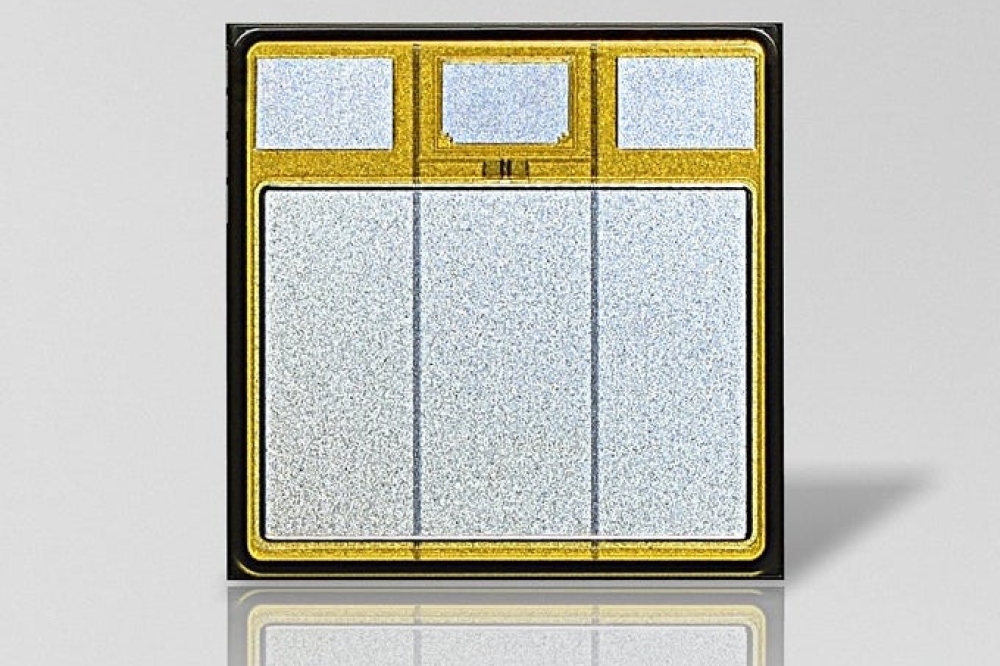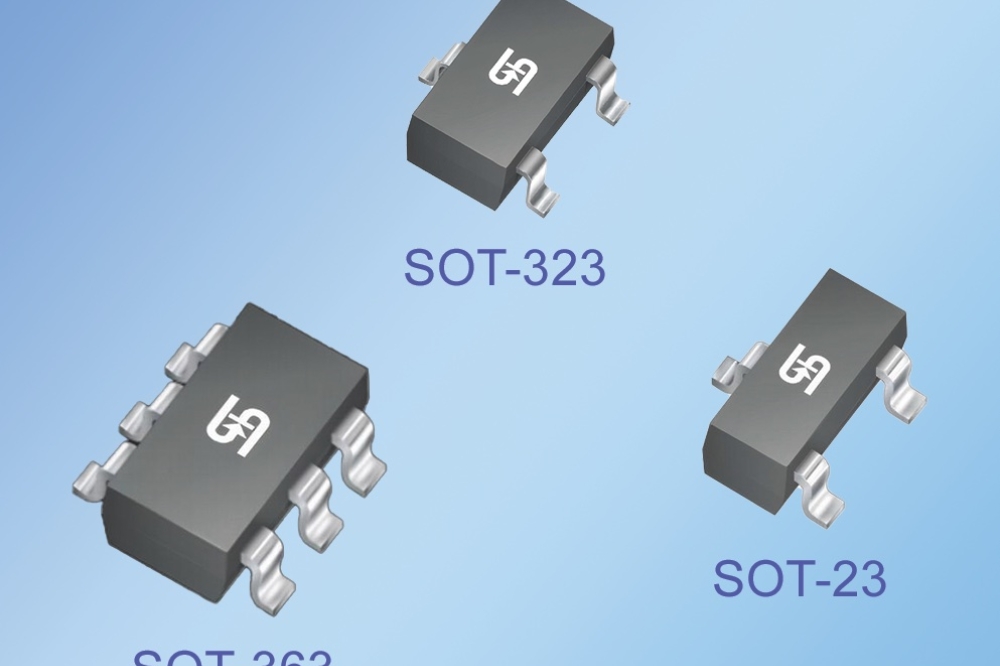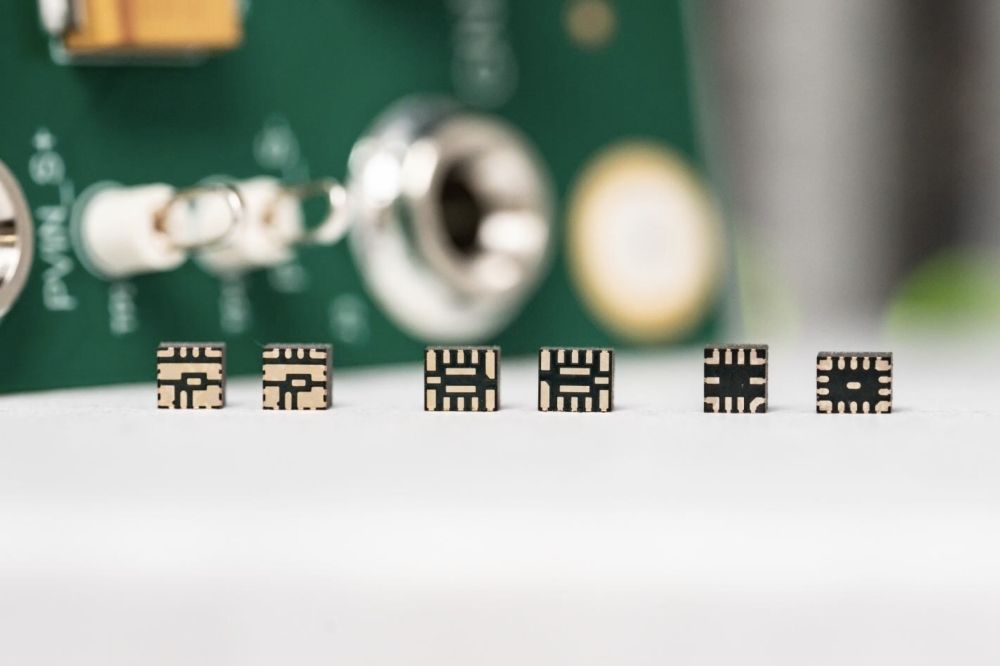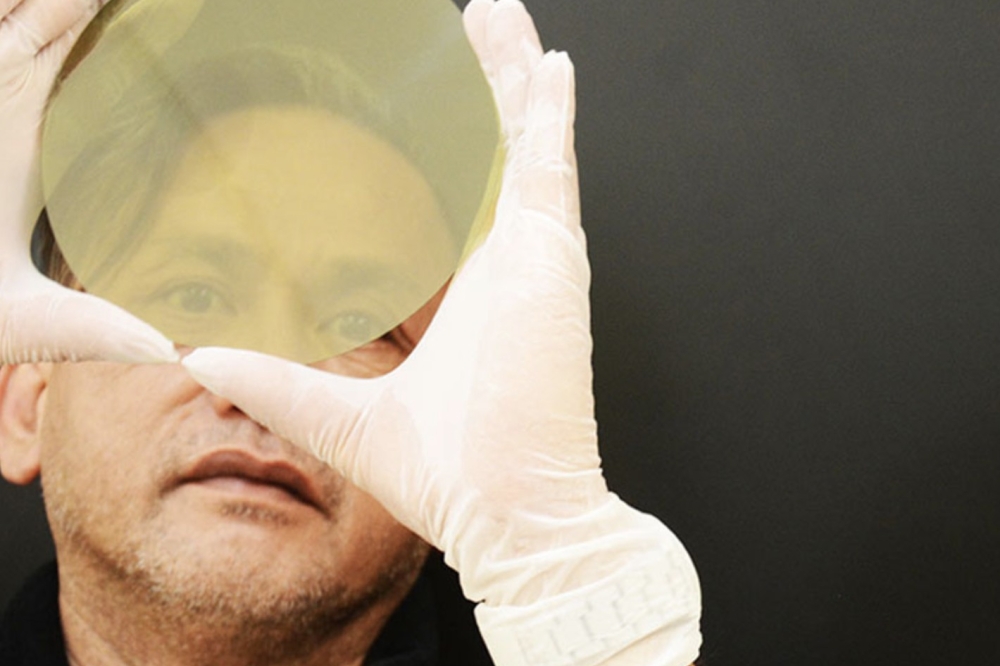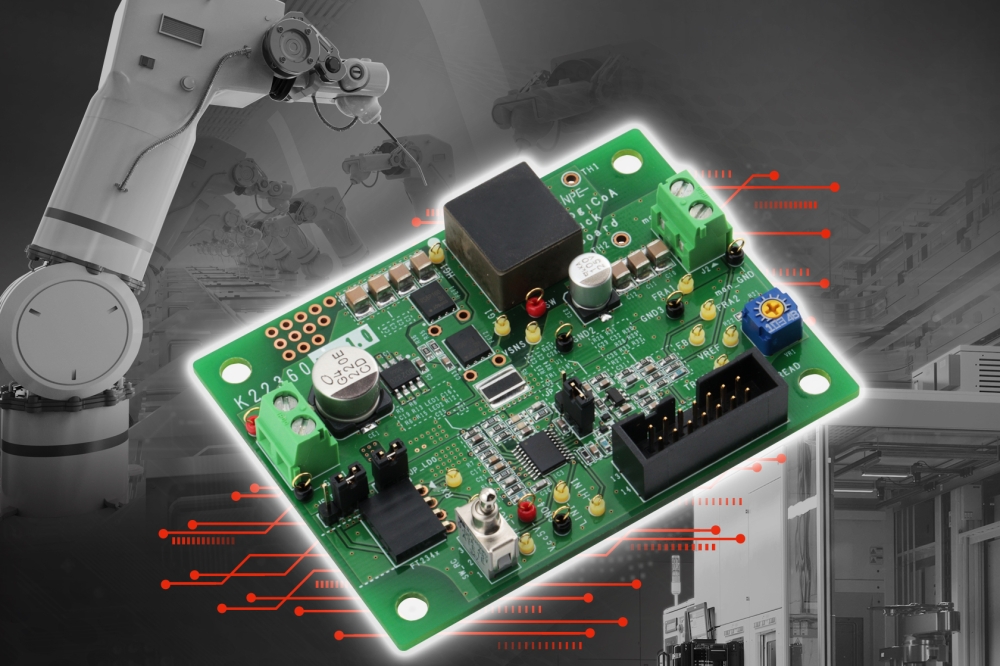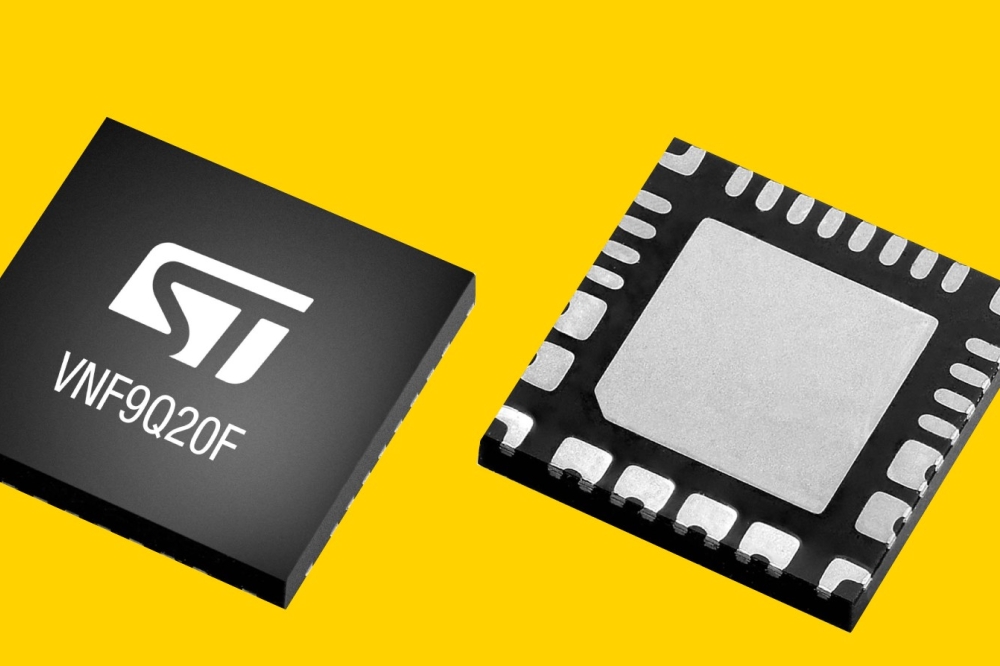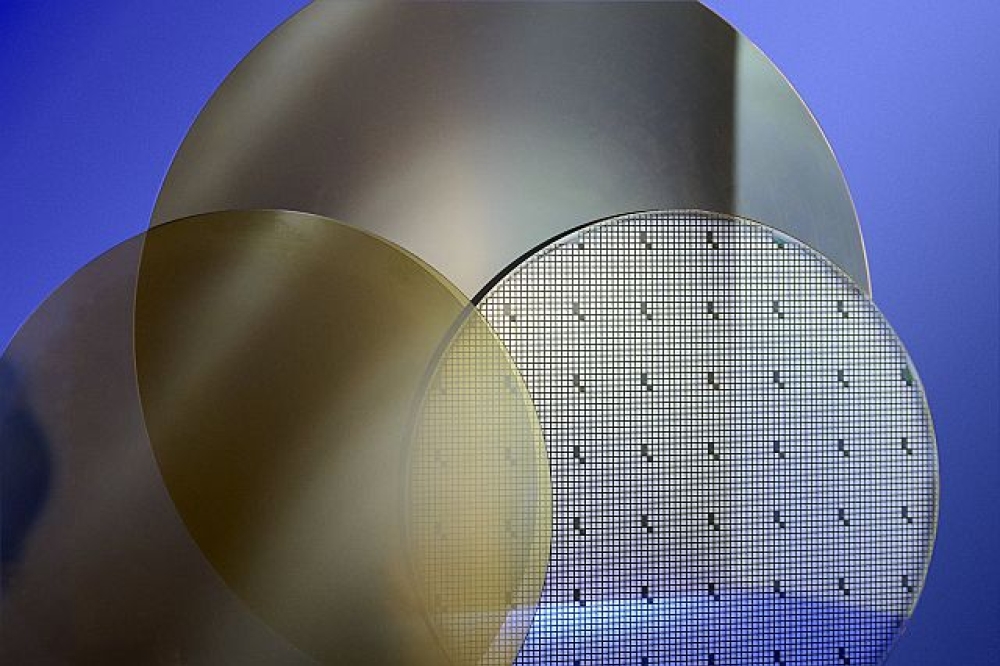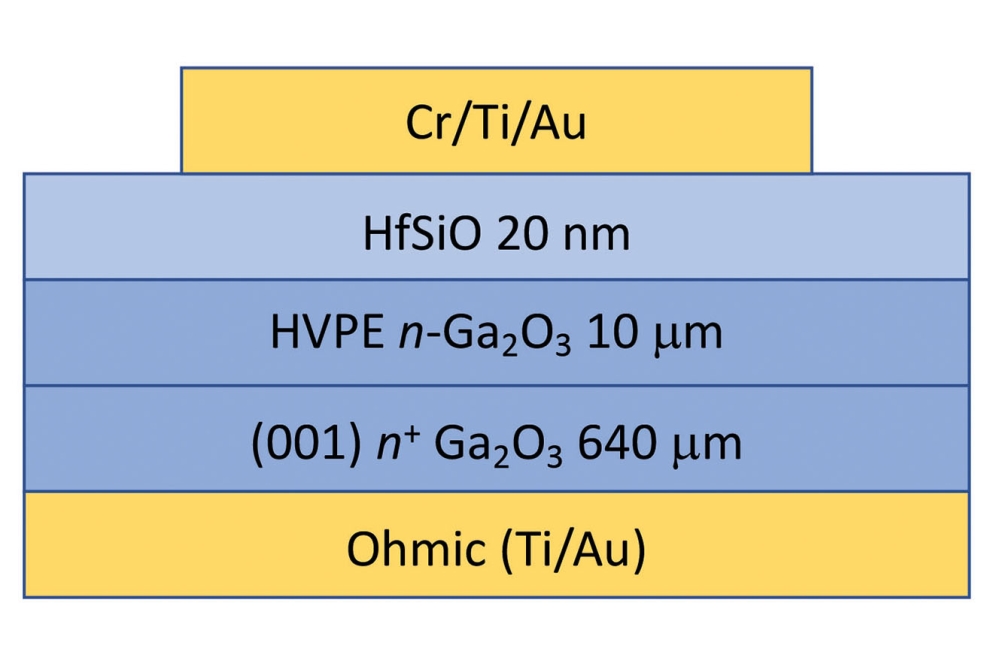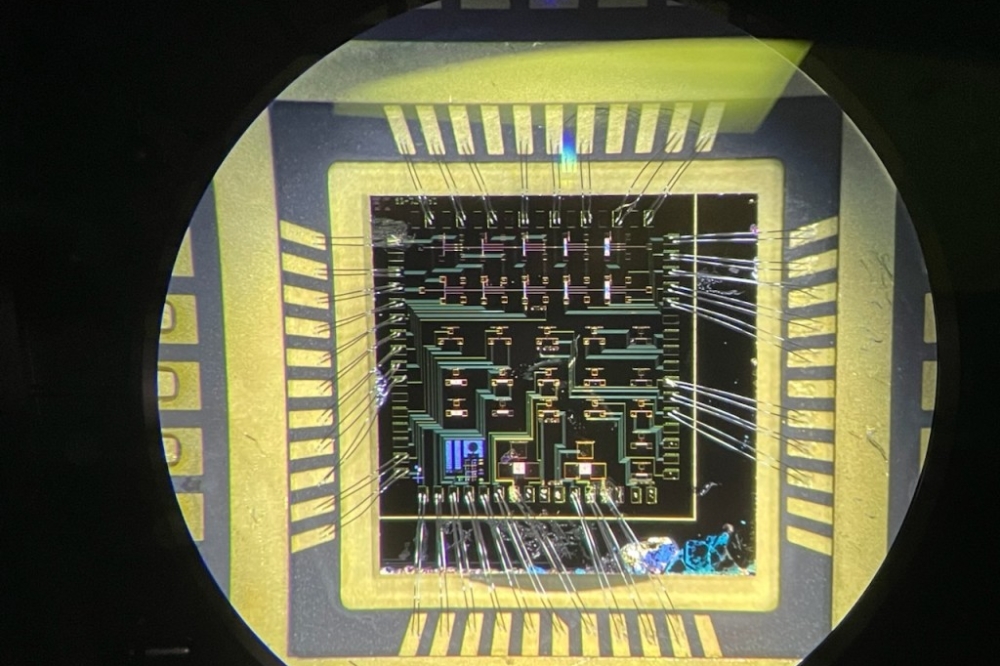UCLA researchers develop thermal transistor

Solid-state device uses electric field to control a semiconductor device’s heat movement
A team of researchers from University of California Los Angeles (UCLA) has unveiled a solid-state thermal transistor that uses an electric field to regulate the heat generated by semiconductor devices. The group’s study was published in the journal Science.
Precisely controlling heat flow through materials has been a long-held challenge for applications ranging from thermal management in electronics to energy systems, industrial processing, and more.
”This new design principle takes a big leap toward that, as it manages the heat movement with the on-off switching of an electric field, just like how it has been done with electrical transistors for decades,” said the study’s co-author Yongjie Hu, a professor of mechanical and aerospace engineering at the UCLA Samueli School of Engineering.
The UCLA team has demonstrated electrically gated thermal transistors that achieved performance with switching speed of more than 1MHz. The transistors offer a 1,300 percent tuneability in thermal conductance and reliable performance for more than 1 million switching cycles.
“This work is the result of a terrific collaboration in which we are able to leverage our detailed understanding of molecules and interfaces to make a major step forward in the control of important materials properties with the potential for real-world impact,” said co-author Paul Weiss, a professor of chemistry and biochemistry. “We have been able to improve both the speed and size of the thermal switching effect by orders of magnitude over what was previously possible."
In the team’s proof-of-concept design, a self-assembled molecular interface acts as a conduit for heat movement. Switching an electrical field on and off through a third-terminal gate controls the thermal resistance across the atomic interfaces and thereby allowing heat to move through the material with precision.
Reference
'Electrically gated molecular thermal switch' by Man Li et al; Science (2023)




